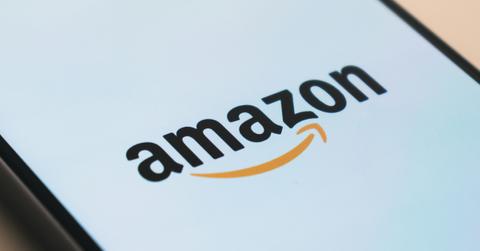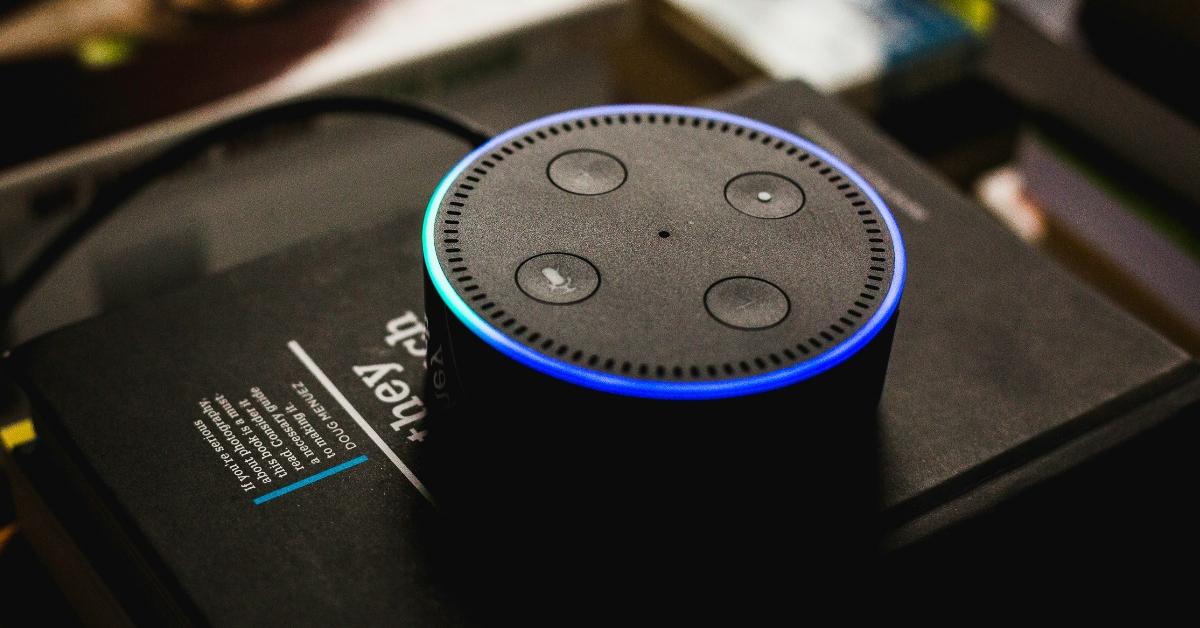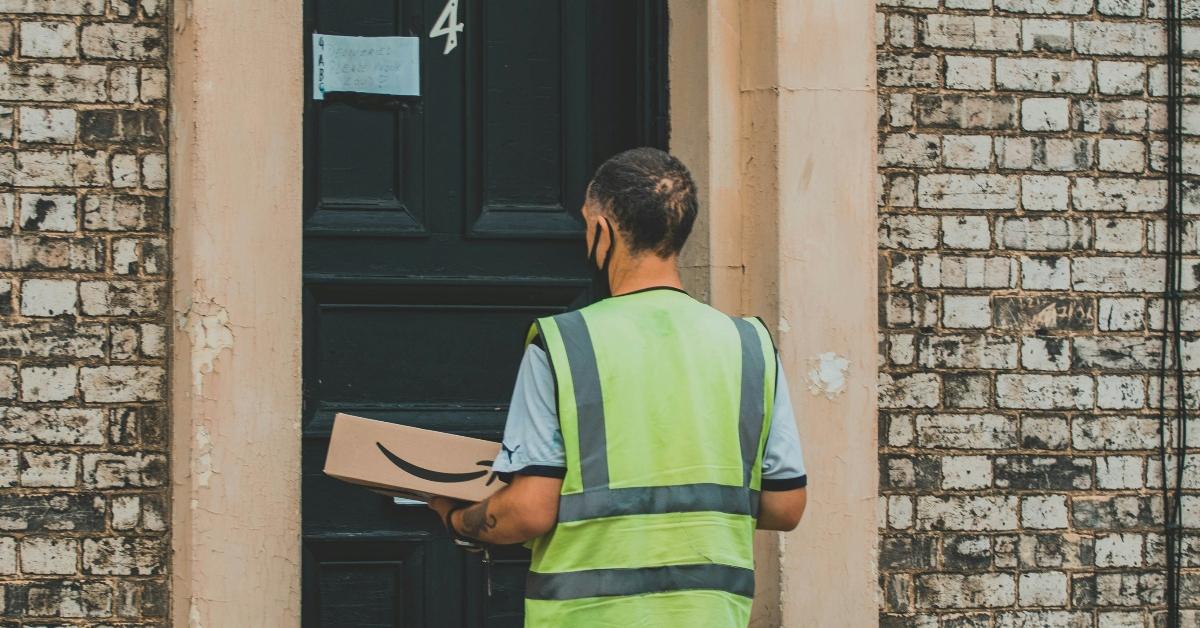Confused About Amazon’s Billing? Here’s Why They Take Time Before Charging Your Card
Amazon shoppers may have noticed that the company takes time before charging customers' credit cards.
Published Dec. 20 2024, 4:04 p.m. ET

Some Amazon shoppers have noticed a delay between placing an order and seeing the charge appear on their credit card. While some may find this frustrating or confusing, Amazon’s billing practices are intentional and designed to prioritize customer satisfaction and operational efficiency. Here is why the retail giant waits to charge customers for their orders.
Why does Amazon take so long to charge customers?
Amazon typically waits to charge your card until the item is shipped, rather than when the order is placed. This policy allows customers the flexibility to cancel or modify their orders before shipment without facing immediate financial impacts. By charging at the point of shipment, Amazon ensures that customers are only billed for items that are confirmed to be on their way.

Another factor influencing the timing is the payment authorization process. When you place an order, Amazon secures a temporary authorization hold with your bank to verify funds. This hold may show as a pending transaction but is not a completed charge. The final charge only occurs when the order ships. For preorders or backordered items, this delay can extend until the product is ready to leave the warehouse.
Additionally, orders containing multiple items may ship from different warehouses at different times, leading to staggered charges. This ensures customers only pay for items as they are dispatched, rather than all at once. Furthermore, banks and payment processors may contribute to perceived delays. Once Amazon initiates the charge, it can take several business days for the transaction to reflect in your account, depending on your financial institution's policies.
Amazon was sued for making slow deliveries to Black neighborhoods.
Amazon, known for its speedy delivery services, has come under scrutiny after reports revealed that the company secretly stopped offering fast delivery options to two predominantly Black ZIP codes. The complaint, filed in early December, accuses the company of imposing delivery “exclusion” on two District of Columbia neighborhoods, per CNN. Amazon has responded to the claims, suggesting that the move was done to enhance driver safety.

“There have been specific and targeted acts against drivers delivering Amazon packages,” Amazon spokesperson Kelly Nantel said. Adding, “We made the deliberate choice to adjust our operations, including delivery routes and times, for the sole reason of protecting the safety of drivers … The claims made by the attorney general, that our business practices are somehow discriminatory or deceptive, are categorically false.”
However, the D.C. attorney general alleges that Amazon did not tell their customers about the swap and was continuing to charge residents $139 per year or $14.99 per month for Amazon Prime. The lawsuit comes at a time when major corporations face increased pressure to address systemic inequalities. For now, residents in the affected areas are left waiting for answers — and for their packages.